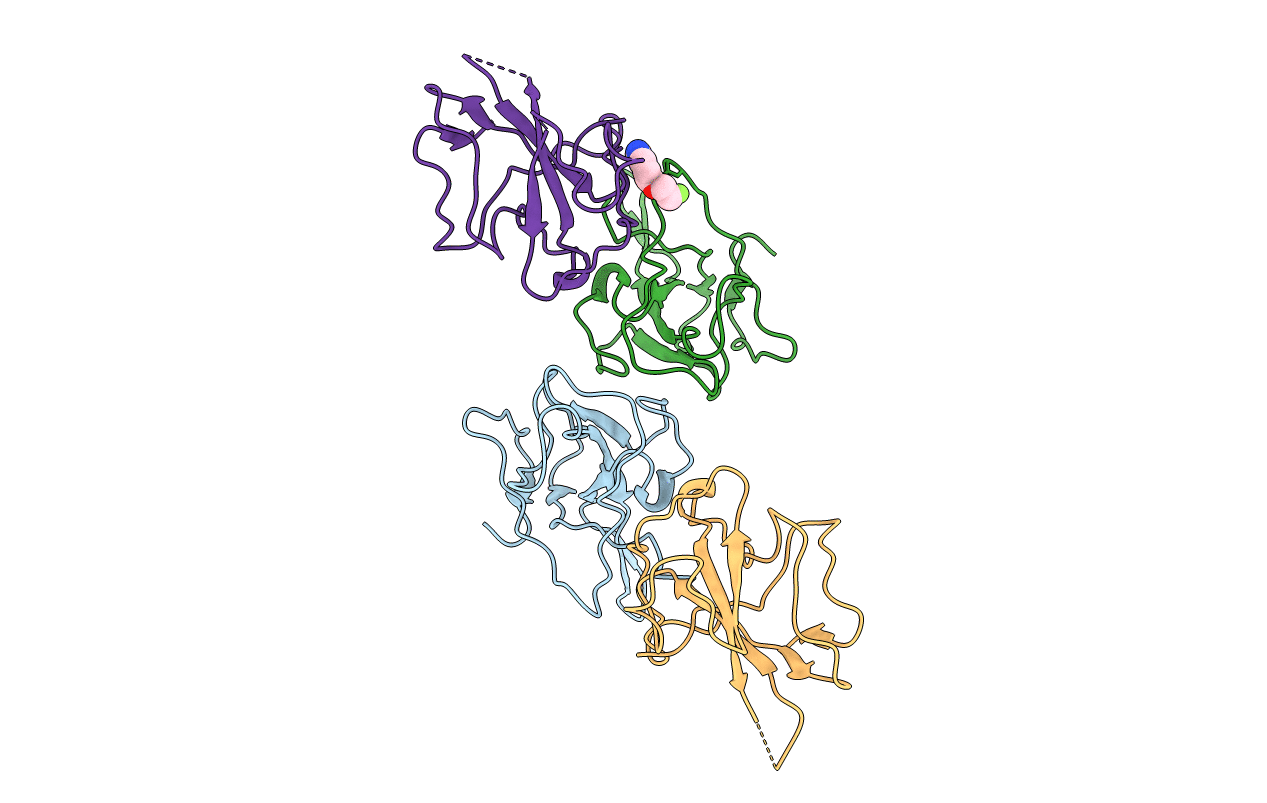
Deposition Date
2020-02-18
Release Date
2021-02-24
Last Version Date
2023-11-29
Entry Detail
PDB ID:
6LZ6
Keywords:
Title:
Crystal structure of MERS-CoV N-NTD complexed with ligand P4-3
Biological Source:
Source Organism:
Host Organism:
Method Details:
Experimental Method:
Resolution:
2.65 Å
R-Value Free:
0.25
R-Value Work:
0.21
R-Value Observed:
0.21
Space Group:
P 1 21 1


